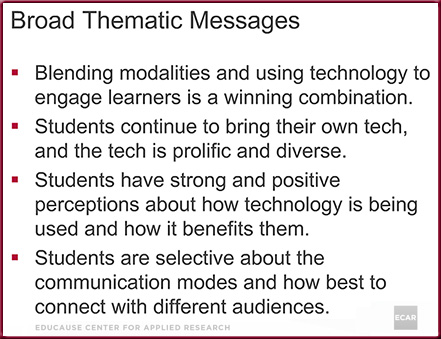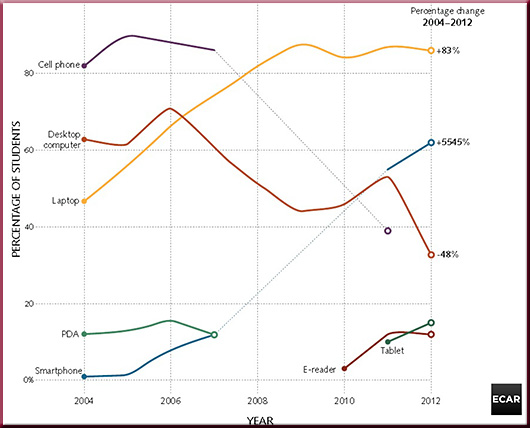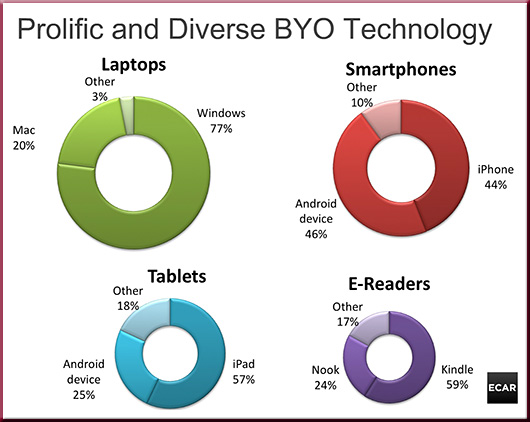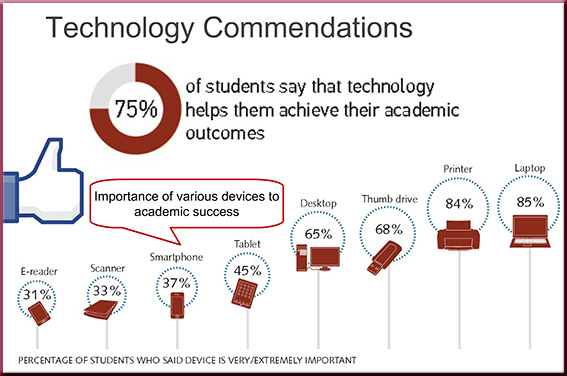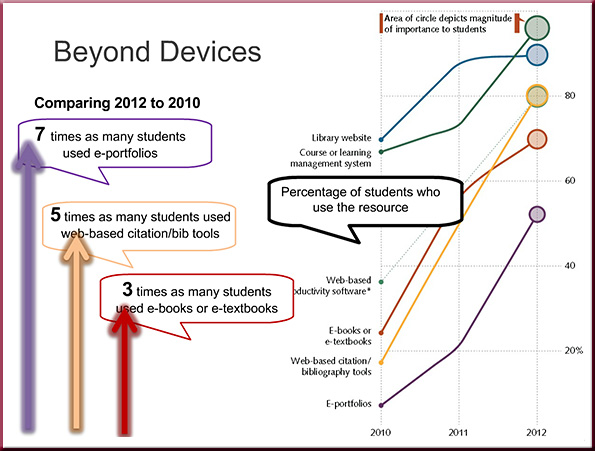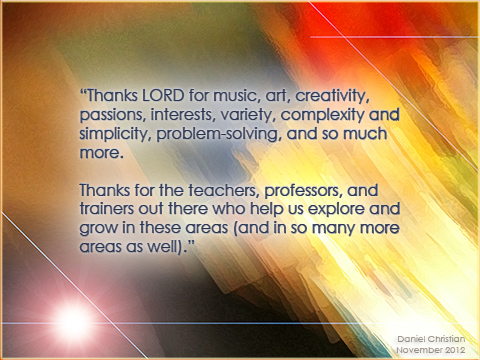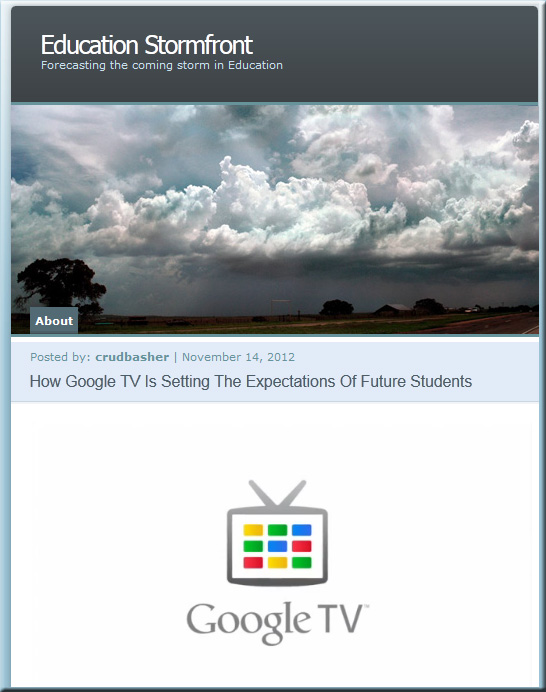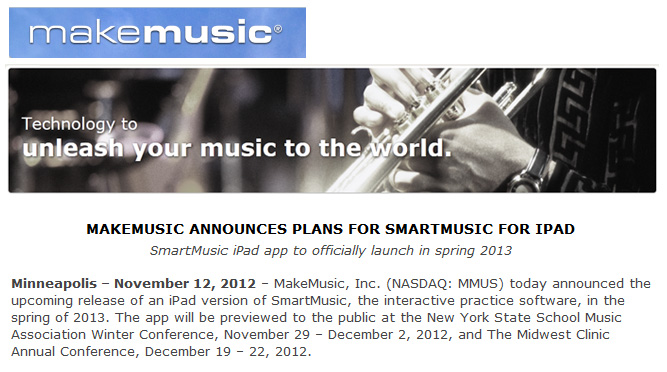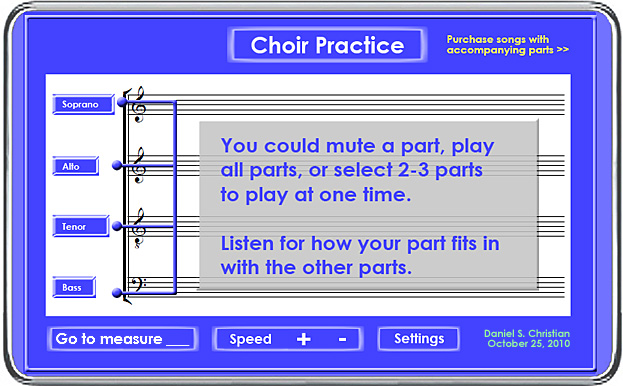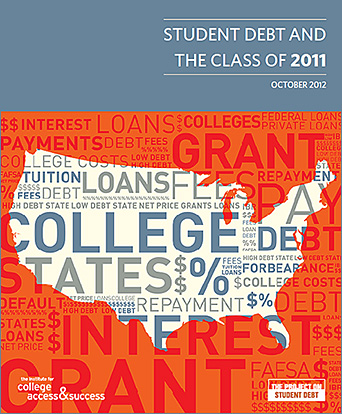8 things to look for in today’s classroom — by George Couros
Excerpt:
As I think that leaders should be able to describe what they are looking for in schools I have thought of eight things that I really want to see in today’s classroom. I really believe that classrooms need to be learner focused. This is not simply that students are creating but that they are also having opportunities to follow their interests and explore passions. The teacher should embody learning as well.
From DSC:
If we can tap into students’ passions/hearts, I believe we’ll find enormous amounts of creative energy pour forth! I’m again struck with adding the tags/keywords to this posting — More choice, more control.










